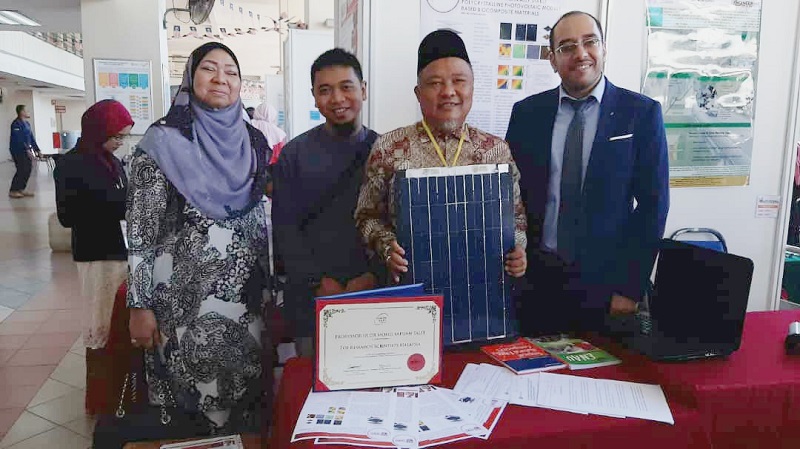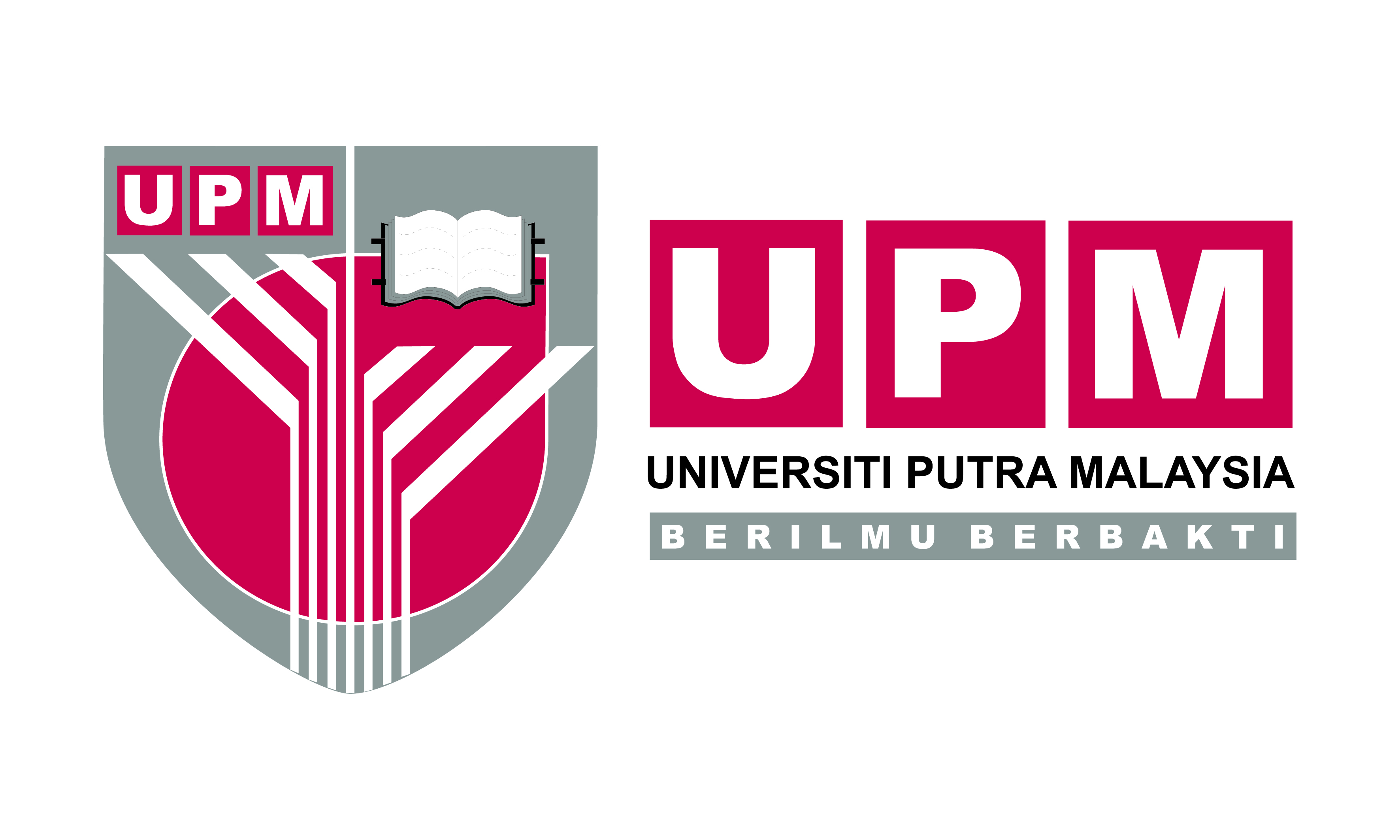
SERDANG: A group of Universiti Putra Malaysia (UPM) researcher successfully enhance thermal stability, power factor and efficiency of solar energy by integrating short sugar palm fibre (SSPF) into the solar module.
The research team comprises Dr Alaaeddin M. H. Abed, Mohamad Hazrol Md Damiri, Assoc Prof. Dr. Edi Syams Zainuddin, Dr Mohd Zuhri Mohamed Yusoff, Asst Prof Dr. Faris M. Al-Oqla and lead by Prof. Ir. Dr. Mohd Sapuan Salit.
This invention by introducing natural fibre composites (NFCs) combined with Polyvinylidene fluoride (PVDF) in Polycrystalline (PV) module is to enhance the thermal, optical, mechanical and functional properties of a PV module.
Prof. Ir. Dr. Mohd Sapuan said by installing short sugar palm fibre layer into the evaluated module, it exhibited outstanding thermal stability, electrical reliability and showed excellent outdoor performance.
“This invention also helps the solar and renewable energy industry to demonstrate and manufacture efficient, thermally stable PV modules more effectively.
“This collaboration between electrical and mechanical field will contributing to the environment and to the increasing global demand on energy. This accomplishment is novel and innovative,” he said.
Heatmap analysis showing the thermal performance of (a) & (b) surface temperature of the developed module and backsheet temperature of the developed module in a simultaneous test; (c) & (d) PVDF-SSPF backsheet temperature and conventional backsheet temperature under similar weather condition test.
The solar module won the Invention and Innovation Gold Awards at the Malaysia Technology Expo 2020 held at Putra World Trade Centre, Kuala Lumpur. It also won silver medal at the Engineering Innovation and Exhibition (EIE) UPM.
This invention claims the utilization of natural fiber composites (NFCs) or short sugar palm fiber (SSPF) to enhance thermal stability and therefore electrical performance of a solar module.
This technology has promising prospects in the market of solar energy for the following:
- Higher thermal stability compared to commercial modules
- Balanced heat dissipation and balance thermal shifts
- Higher energy harvesting by enhanced thermal behaviour
- Enhanced efficiency and outdoor performance
- Excellent nano-texture and homogeneous biocomposites
- Outstanding functional properties and heat resistance
- Excellent resistance to abrasion and delamination
- Lighter weight, lower cost and environmental friendly
- Reduced processing and manufacturing costs
- Abundant resources and raw materials with less treatment
- Double benefit of green innovation “Green & Renewable”
He said that the production cost was somehow low and 50% less energy was required for each unit, but able to generate 20% more power compared to conventional solar module and 38% eliminated waste of resources.
It would be available in market by 2022, based on the system level design and production upon endorsement for oriented and public uses. - UPM






